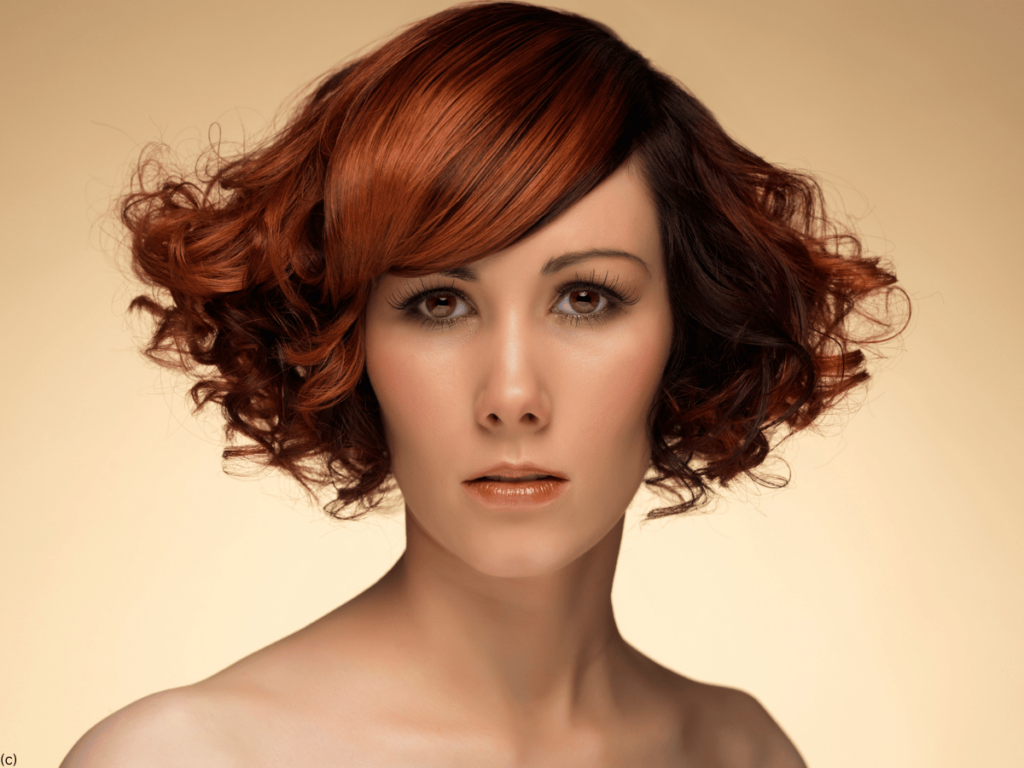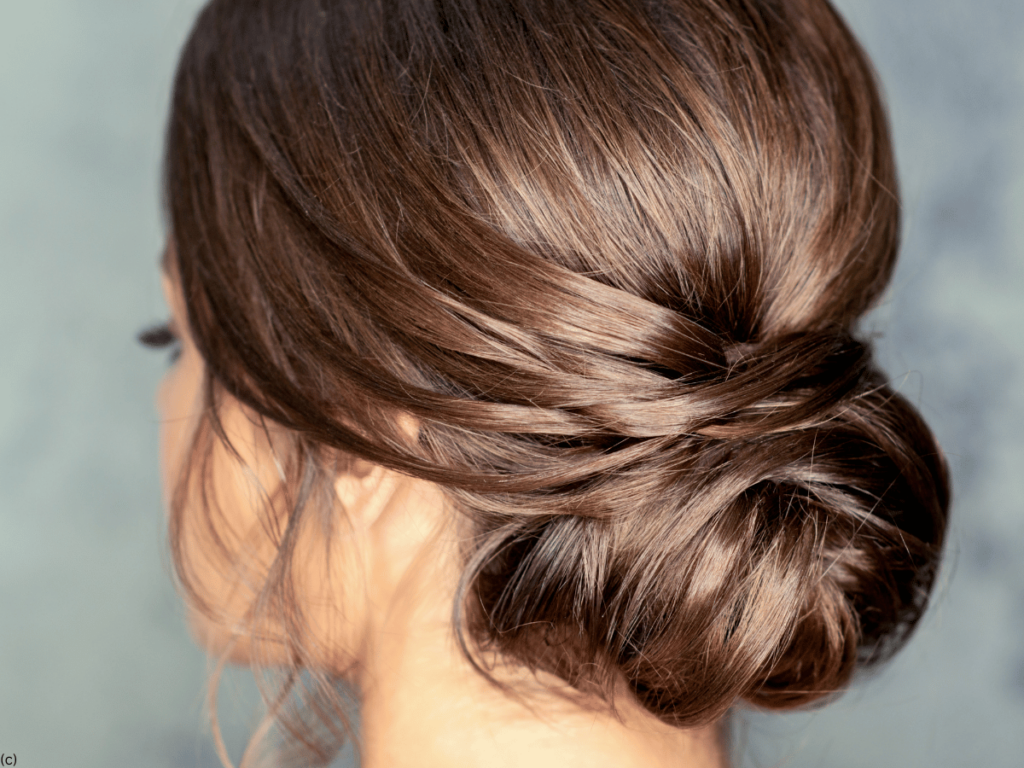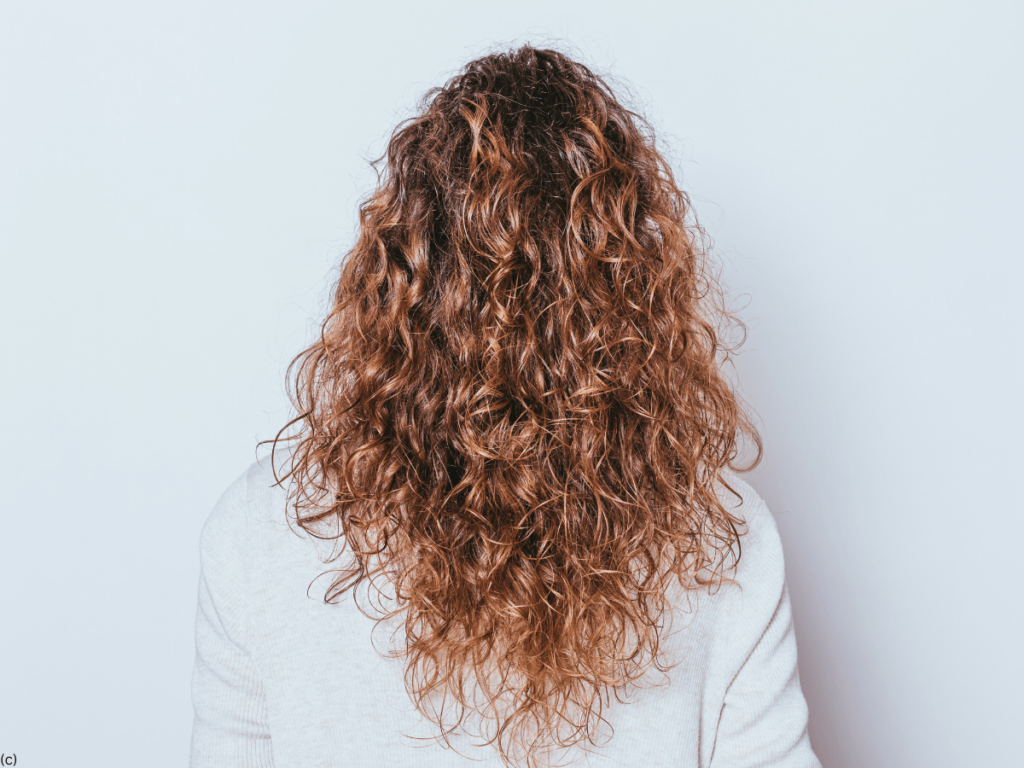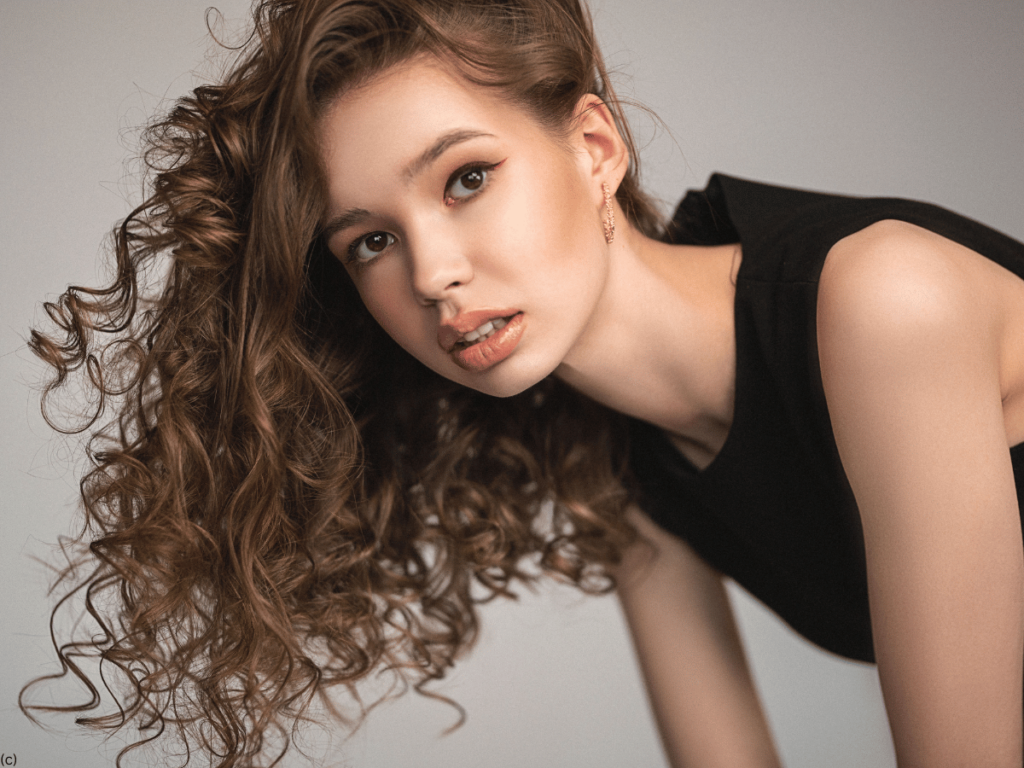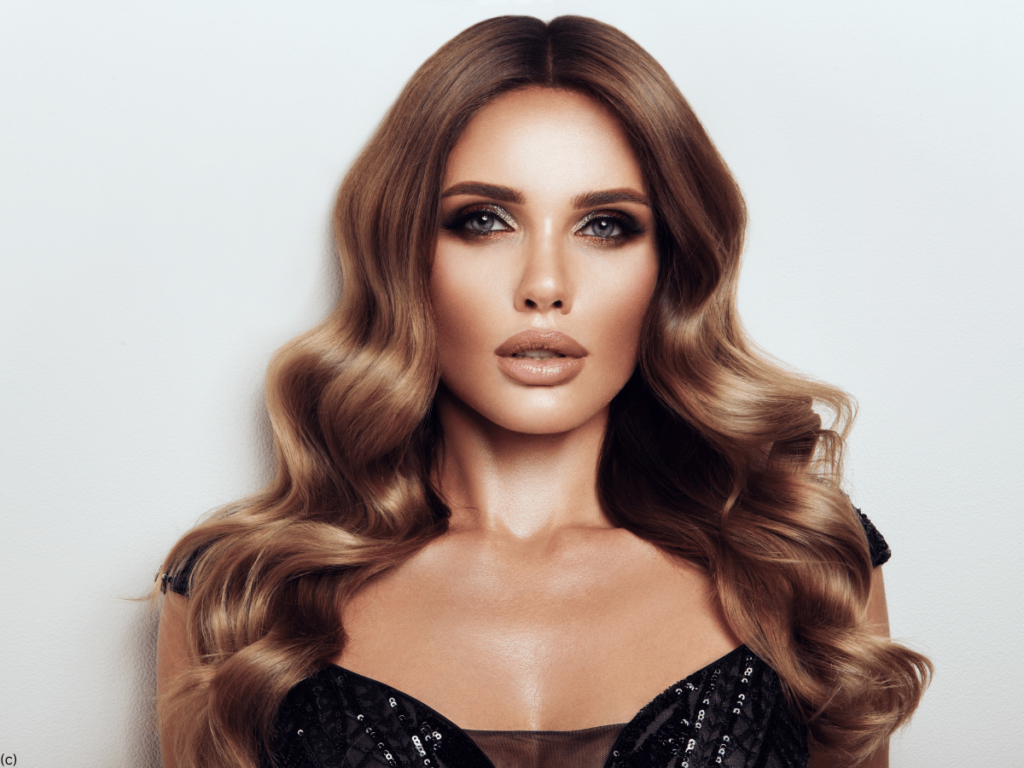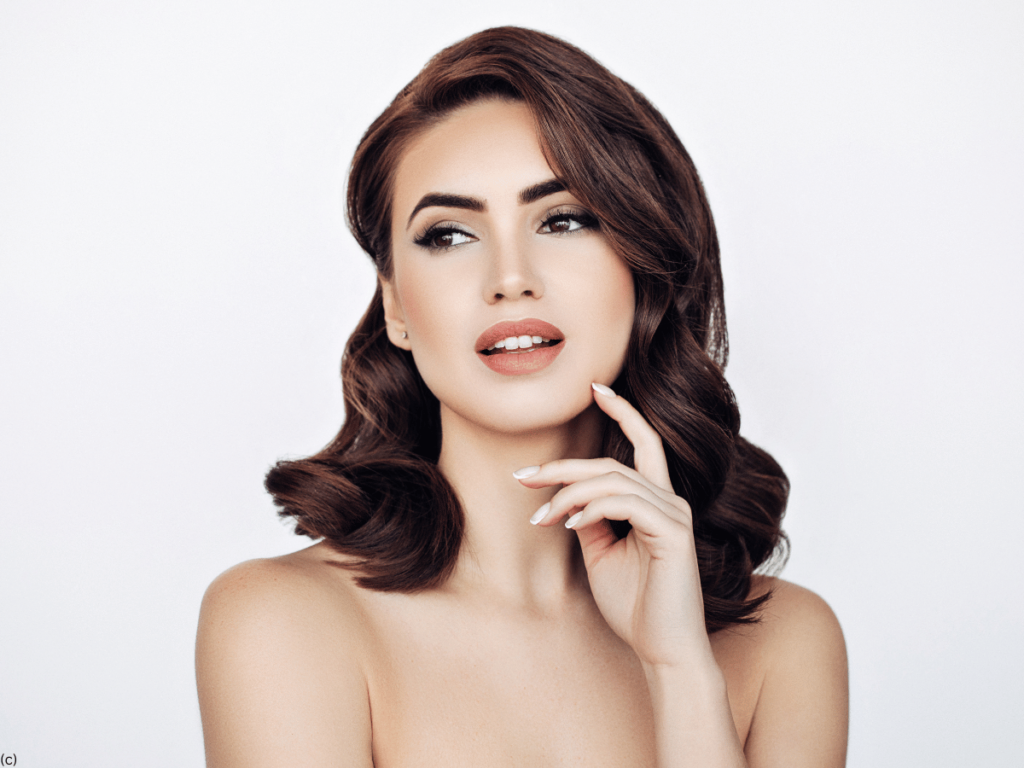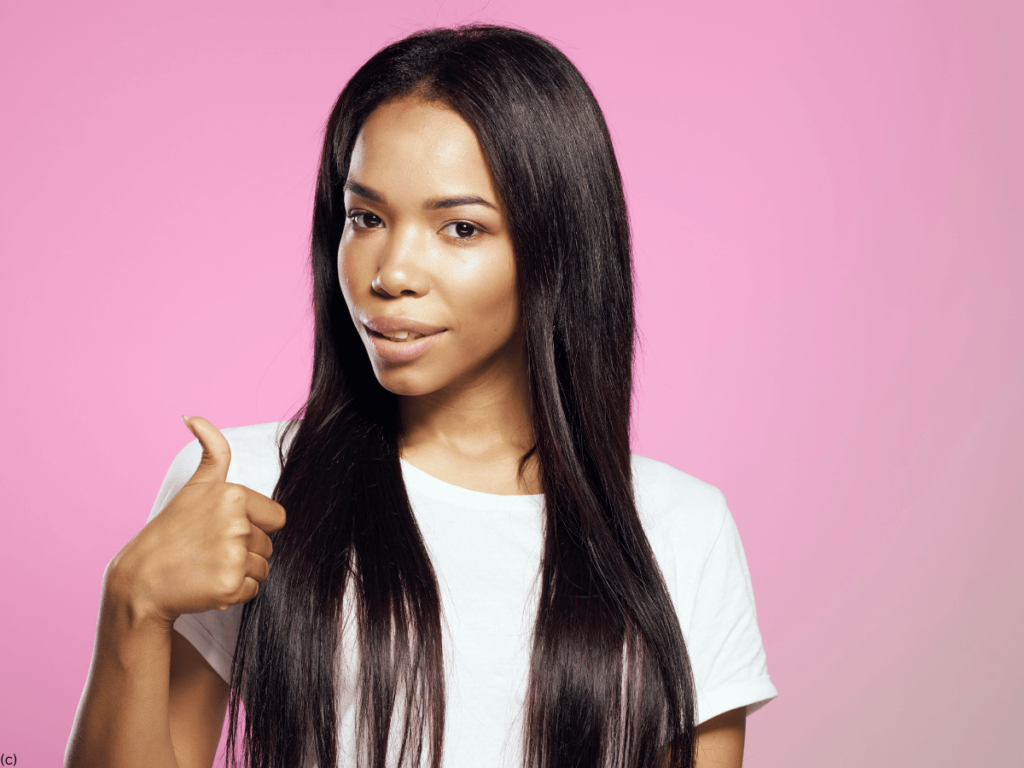
Having luscious hair is a universal desire that transcends age, gender, and culture. Hair is not only a significant part of our appearance but also a reflection of our overall health. Whether you’re aiming for length, volume, shine, or simply healthier locks, there are key factors and practices that can help you achieve the hair of your dreams. This comprehensive guide will delve into everything you need to know to maintain and nurture luscious hair.
Understanding Hair Structure and Growth
To care for your hair effectively, it’s important to understand its structure and growth cycle. Each hair strand consists of three layers:
- Cuticle: The outermost layer, which acts as a protective barrier.
- Cortex: The middle layer that contains the pigment (melanin) and determines the strength and elasticity of the hair.
- Medulla: The innermost layer, which is often absent in fine hair.
Hair growth occurs in three phases:
- Anagen (Growth Phase): Lasts 2-6 years, during which the hair grows actively.
- Catagen (Transition Phase): Lasts a few weeks, where hair growth slows, and the follicle shrinks.
- Telogen (Resting Phase): Lasts about 3 months, where hair growth stops, and eventually, the hair falls out to be replaced by new growth.
The health and quality of your hair are influenced by genetics, diet, lifestyle, and hair care practices.
Diet and Nutrition: The Foundation for Healthy Hair
Your hair is a reflection of your overall health, and the nutrients you consume play a crucial role in determining its condition. A balanced diet rich in vitamins, minerals, and proteins is essential for healthy hair growth.
- Proteins: Hair is primarily made up of a protein called keratin. To promote strong hair, include protein-rich foods in your diet, such as eggs, fish, poultry, nuts, and legumes.
- Vitamins:
- Vitamin A: Helps in the production of sebum, an oily substance that moisturizes the scalp and keeps hair healthy. Foods like sweet potatoes, carrots, and spinach are rich in vitamin A.
- Vitamin B: Biotin (Vitamin B7) is particularly important for hair growth. A deficiency in biotin can lead to hair thinning and loss. Include foods like whole grains, almonds, and avocados.
- Vitamin C: A powerful antioxidant, vitamin C helps in the production of collagen, a protein that strengthens hair. Citrus fruits, strawberries, and bell peppers are excellent sources.
- Vitamin D: Low levels of vitamin D are linked to alopecia (hair loss). Sun exposure, fatty fish, and fortified foods can help maintain adequate levels.
- Vitamin E: Helps improve blood circulation to the scalp, promoting hair growth. Nuts, seeds, and spinach are good sources.
- Minerals:
- Iron: Iron deficiency is a common cause of hair loss, particularly in women. Include iron-rich foods like red meat, beans, and lentils in your diet.
- Zinc: Zinc plays a vital role in hair tissue growth and repair. Shellfish, meat, and legumes are good sources.
- Omega-3 Fatty Acids: Found in fatty fish like salmon, omega-3 fatty acids promote hair growth by nourishing the hair follicles and maintaining scalp health.
Hair Care Routine: Best Practices for Luscious Hair
Your hair care routine is pivotal in maintaining healthy, luscious locks. Here are some essential practices to incorporate:
- Washing:
- Frequency: How often you wash your hair depends on your hair type and lifestyle. While some people may need to wash daily, others can go several days without shampooing. Over-washing can strip the hair of natural oils, leading to dryness and damage.
- Shampooing: Choose a shampoo that suits your hair type (oily, dry, curly, etc.). Avoid shampoos with harsh sulfates as they can be drying.
- Conditioning: Always follow up with a conditioner to replenish moisture. Focus on the ends, which are the oldest and most prone to damage.
- Drying:
- Air Drying: Whenever possible, allow your hair to air dry to minimize heat damage. If using a blow dryer, use a heat protectant and opt for the lowest heat setting.
- Towel Drying: Avoid vigorously rubbing your hair with a towel. Instead, gently squeeze out excess water with a soft towel or microfiber cloth.
- Styling:
- Heat Tools: Minimize the use of heat styling tools like flat irons, curling irons, and blow dryers. When you do use them, always apply a heat protectant spray to shield your hair from damage.
- Protective Styles: Hairstyles like braids, buns, and twists can protect your hair from environmental stressors and reduce breakage.
- Brushing:
- Detangling: Use a wide-tooth comb or a detangling brush to gently remove knots, starting from the ends and working your way up to the roots.
- Natural Bristle Brushes: For distributing natural oils from the scalp down the length of your hair, use a boar bristle brush.
- Trimming:
- Regular trims every 6-8 weeks help to remove split ends and prevent them from traveling up the hair shaft, which can lead to more extensive damage.
Choosing the Right Products
Selecting the right hair care products is crucial for maintaining hair health. Here’s what you should look for:
- Shampoo and Conditioner: Choose products free from sulfates, parabens, and silicones, which can be harsh on the hair. Opt for formulations tailored to your specific hair type and concerns.
- Leave-In Conditioners and Hair Masks: These provide additional moisture and nourishment, especially for dry or damaged hair. Look for ingredients like argan oil, coconut oil, shea butter, and keratin.
- Serums and Oils: Hair serums can help smooth frizz and add shine, while oils like argan, jojoba, and coconut can deeply moisturize and protect the hair.
- Heat Protectants: A must-have if you use heat styling tools, as they form a protective barrier against high temperatures.
Scalp Care: The Root of Healthy Hair
Healthy hair starts with a healthy scalp. Neglecting your scalp can lead to issues like dandruff, itchiness, and even hair loss. Here’s how to maintain a healthy scalp:
- Exfoliation: Just like your skin, your scalp can benefit from exfoliation. Use a gentle scalp scrub or exfoliating shampoo once a week to remove dead skin cells and product buildup.
- Massage: Regular scalp massages stimulate blood circulation, which can promote hair growth. Use your fingertips or a scalp massager in gentle circular motions.
- Moisturizing: If your scalp is dry, consider using a lightweight oil, like jojoba or argan oil, to moisturize. Avoid heavy oils that can clog pores.
- Addressing Issues: If you experience dandruff, an itchy scalp, or other issues, consider using medicated shampoos or treatments specifically designed for those conditions.
Natural Remedies for Luscious Hair
In addition to conventional hair care products, there are several natural remedies that can enhance the health and appearance of your hair:
- Coconut Oil: Known for its deep conditioning properties, coconut oil penetrates the hair shaft to reduce protein loss, making it ideal for dry and damaged hair.
- Aloe Vera: Aloe vera has soothing and moisturizing properties that can benefit both the hair and scalp. It can also help reduce dandruff and promote hair growth.
- Apple Cider Vinegar: ACV helps balance the scalp’s pH, remove product buildup, and add shine to the hair. Dilute it with water and use it as a rinse after shampooing.
- Egg Masks: Eggs are rich in protein and can help strengthen and nourish the hair. Combine an egg with olive oil or honey for a deep-conditioning hair mask.
- Green Tea: Rich in antioxidants, green tea can help promote hair growth and reduce hair loss. Brew a cup, let it cool, and use it as a rinse after washing your hair.
Lifestyle Factors: Beyond Hair Care
Your lifestyle choices play a significant role in the health of your hair. Here are some key factors to consider:
- Stress Management: Chronic stress can lead to hair loss and other scalp issues. Incorporate stress-reducing practices like yoga, meditation, and regular exercise into your routine.
- Sleep: Quality sleep is crucial for overall health, including hair health. Aim for 7-9 hours of sleep per night to support hair growth and repair.
- Hydration: Staying hydrated is essential for maintaining the moisture balance in your hair. Drink plenty of water throughout the day.
- Smoking and Alcohol: Smoking restricts blood flow to the scalp, which can inhibit hair growth. Excessive alcohol consumption can lead to dehydration, affecting the hair’s appearance and texture.
Professional Treatments and When to Seek Help
Sometimes, home care and natural remedies may not be enough to achieve the luscious hair you desire. Professional treatments can provide an extra boost:
- Keratin Treatments: These treatments smooth the hair by infusing it with keratin, reducing frizz and adding shine.
- Scalp Treatments: Professional scalp treatments can help address issues like dandruff, itchiness, and hair thinning.
- Laser Therapy: Low-level laser therapy (LLLT) is a non-invasive treatment that can stimulate hair growth and improve hair density.
- Consult a Trichologist: If you’re experiencing significant hair loss, thinning, or scalp issues, it may be time to consult a trichologist, a specialist in hair and scalp health.
Embracing Your Natural Hair
While striving for luscious hair, it’s also important to embrace and love your natural hair texture. Whether your hair is straight, curly, wavy, or coily, each hair type has its unique beauty and requires specific care. Understanding your hair’s natural tendencies and working with them, rather than against them, is key to achieving healthy, luscious locks.
Achieving luscious hair is a combination of proper care, a balanced diet, the right products, and a healthy lifestyle. While it may require some time and effort, the results are well worth it. Remember, the journey to beautiful hair is not just about external appearance but also about nurturing your body from the inside out. With the tips and information provided in this guide, you’re well on your way to having the hair of your dreams.
